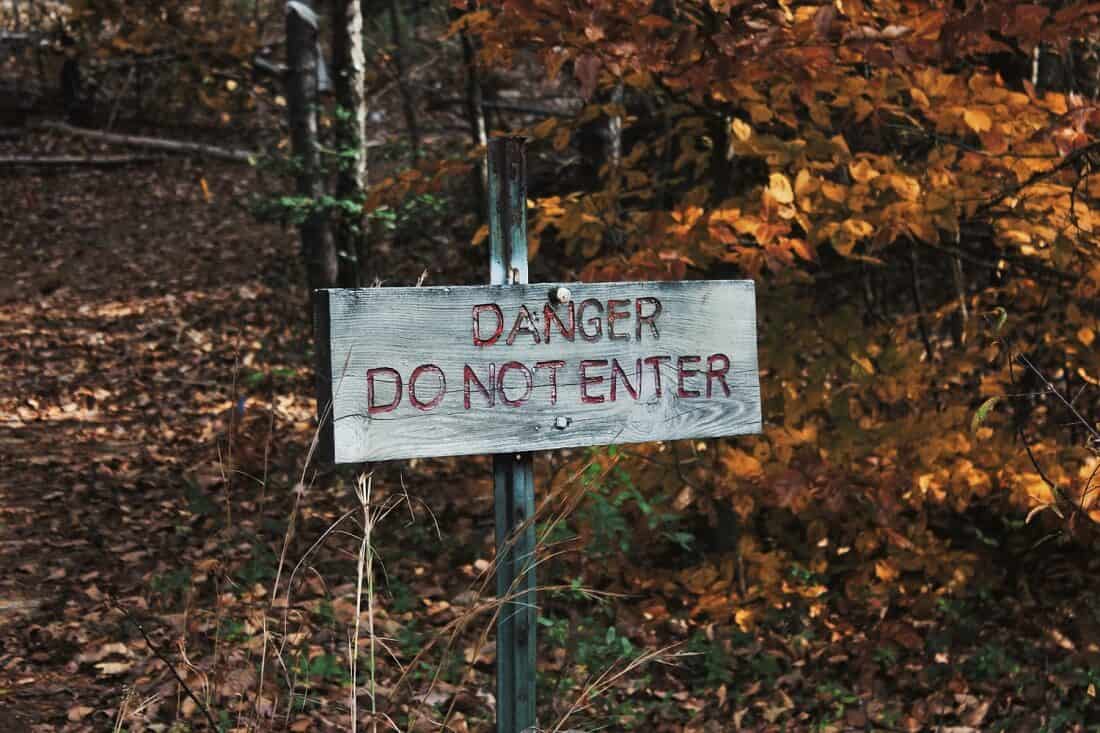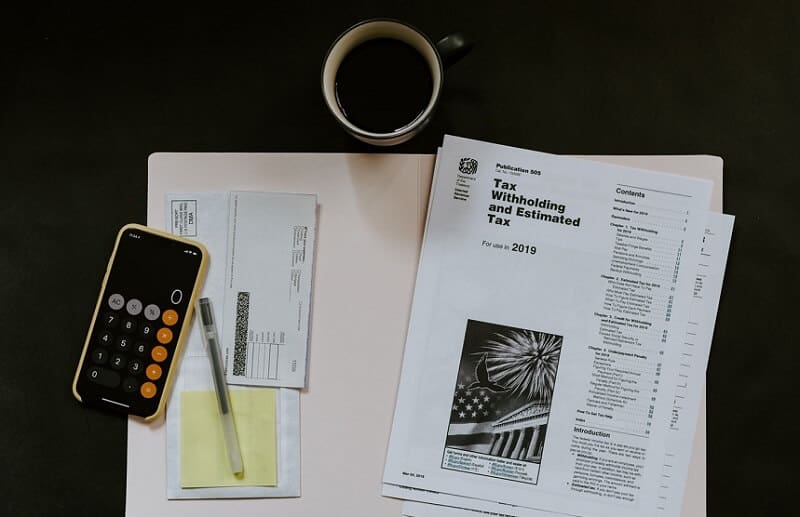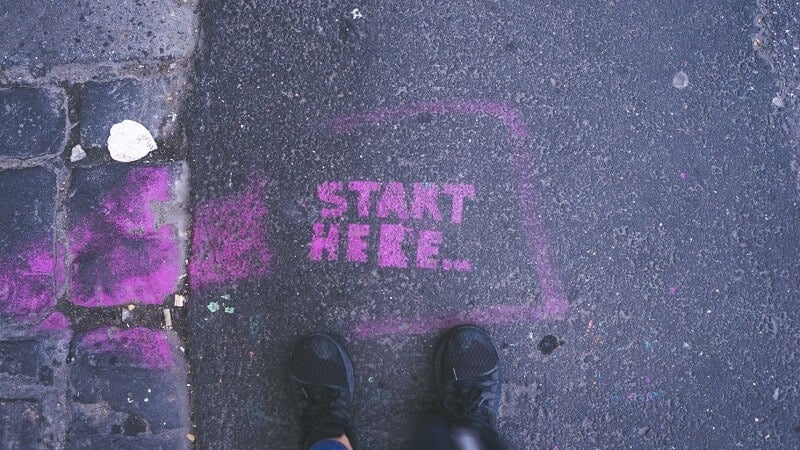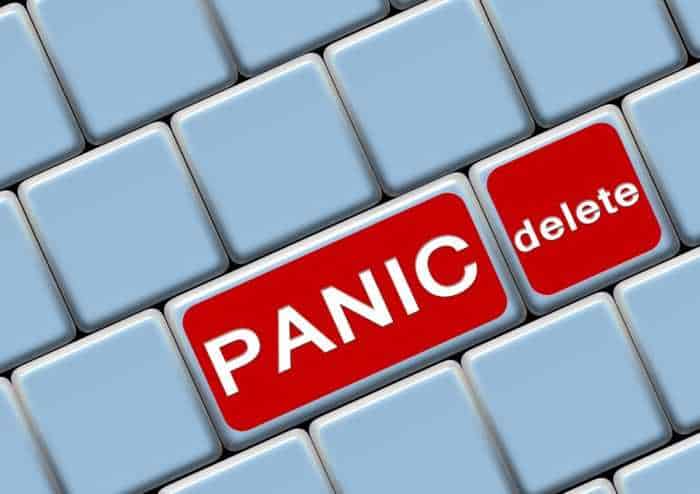
Diversification has to be a well thought out step for investors. It can boost growth and lead you to wealth. But if doing improperly, it can cause costly failures.
Investors infrequently pay attention to the danger of diversification. All taught that the idea of diversification is to reduce the portfolio’s risk. And nothing is wrong with that. Some amount of diversification is important or investors will take too much risk that will never be neutralized for.
But sometimes too much can be very bad. It is the same with the diversification of the portfolio if it is too diversified. And we will explain to you the danger of diversification.
So, in the first place, the danger of diversification may come when the diversification is done improperly but also if the investment portfolio is over-diversified. But let’s go step by step through all examples of the danger of diversification because they can be very costly. They can ruin the whole investment and leave you with your empty hands.
The danger of diversification in investing
Portfolio without focus
No one will tell you that the danger of diversification is the reduced quality of your investments. In investing, one of the very important parts is to have a well-focused portfolio. That provides investors to have the best opportunities. To say this way, publicly listed companies are not all worthy to invest in. Also, what is maybe more important, you can find even fewer companies that are so-called safe investments. In order to have well-diversified portfolios, investors don’t pay enough attention when picking the stocks they could add many of them that don’t give a margin of safety to the portfolio. That will cause a reduction in the quality of investment. That would be the danger of diversification.
A complicated mixture of assets
The other danger may appear if investors add too many assets without truly understanding what they have. In other words, their portfolios are too complicated. The point with investing is to have control over your investments and know what they are. If you have too many assets from different classes you would be lost in attempting to follow them and to stay on top of them.
Portfolio volatility
It’s very important to understand that the more stocks you add to your portfolio, it will be more correlated to the market returns. There is some logic behind and you have to understand it because portfolio volatility can lower your portfolio performance. So, it can be too risky. Always keep in mind that the number of investors that ever reach average returns is under the average. The reason is the volatility caused by risk.
Having an index fund instead of a portfolio
Instead of buying too many stocks and adding too many assets, it’s better to buy some index funds. If you have too many assets, your portfolio will look like an index fund anyway. So indexing can be the danger of diversification. Indexing is good when the bull market, but if it is bear you could be faced with a lot of problems and danger.
Indexing, as well as over-diversification, represents the hidden danger of diversification. For example, if your portfolio may not have quality if you hold second-rate investments along with great investments. Sometimes, holding so-called inferior investments is the result of ef emotional buying, so avoid that. Pick stocks after you research them, never based on some emotions.
What can put us in danger of diversification?
The largest single danger is a surprise risk. Surprises are often part of our everyday life but when it comes to our investment it is a sign that we as investors are not cautious enough. Investors should be aware of risks and to predict them as much as possible. It is crucial in investing, due to safety, to quickly transfer our assets that show more risks than we expected or we can accept.
Also, forget you’re able to have an excellent and perfect plan for your future. Very often some unexpected events can arise. For example, this coronavirus pandemic that we have now. These events have a great impact on our investments so if we have over-diversified portfolios how could we manage all the investment? It’s almost impossible.
The perfect investment plan doesn’t exist. Every single investor made some mistakes. Just listen to what Warren Buffet has to say about his mistakes and wrong decisions. Yes, even him.
The belief that you are always right isn’t only a stupidity, it is a more dangerous practice. However, it demands to keep on learning in order to modify your behavior.
If you never change your behavior you’ll take too many risks and you’ll put yourself in one of the dangerous situations. Moreover, you’ll never grow as an investor and, also, your capital will not grow. Sometimes it is better to give up and admit we are wrong than stay with the wrong plan and make more mistakes.
Comfort from following others
We are all vulnerable and insecure at some level, whether we admit it or not. A great number of people seek help in instant solutions. The easiest way is to follow what other investors do. That’s a kind of psychological effect. If the majority is doing something, how can that be wrong? Remember, only a few investors know how to make money on the stock market. The others, the majority fail. The stats are cruel.
The winners represent a small part of all investors.
Investing is difficult but it can be very successful and profitable. All you have to do is to guess where the new gain capacity will come from. The tricky part is that you cannot do that without the knowledge and without comprehensive research. The best suggestion is: follow the standards, not the people.
The fake feeling of security can bring us to the danger of diversification
The truth is that many apparently diversified portfolios aren’t really diverse. For example, if your portfolio consists of stocks of 5 different companies and 5 different industries it might seem as a well-diversified one. But if all your portfolio consists of 100% stock in one market index and they are all based in the same country and have exposure to the same currency, you have a very dangerous diversification. In other words, your investment is at great risk.
You might think you made a great choice, but in reality, you are at risk to lose everything if some unfortunate event hit that country or currency.
Bottom line
Proper diversification is a matter of great importance. Smart investors allocate their money based on their own valuations, never on some prophecy or doubted predictions. Avoid over-diversification if you are invested in ETFs or mutual funds since it is a common mistake. When picking the stocks, seek the highest quality companies, to direct the chances of success in your favor.
The bright side of portfolio management is that you can avoid the danger of diversification if you manage your portfolio on your own. Diversification is an extremely crucial concept in portfolio management, but it has to be done properly. When building your portfolio keep in mind the danger of diversification in investing. That will help you to reach optimal diversification.

















